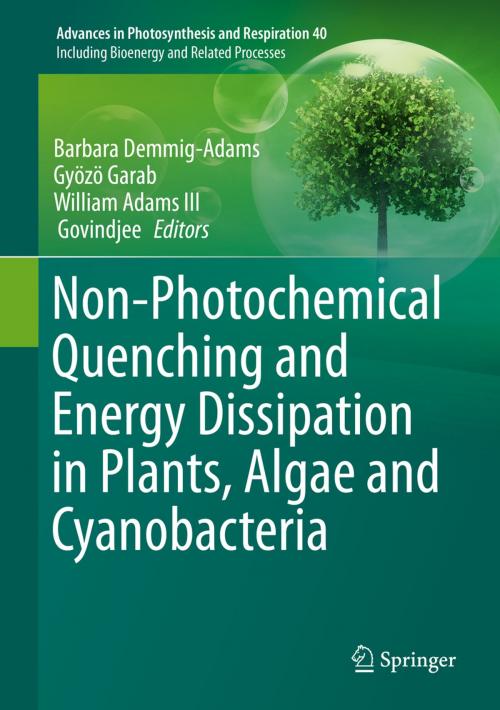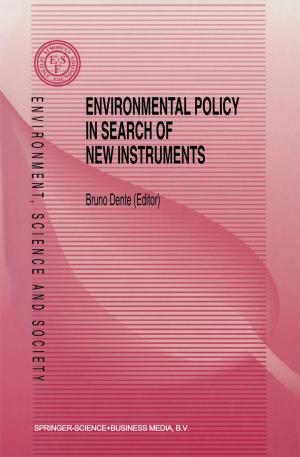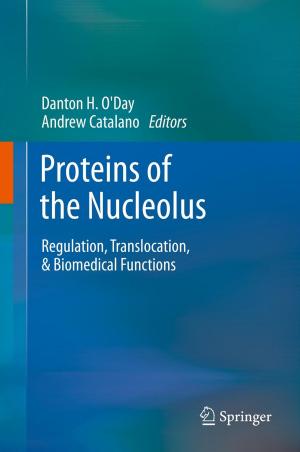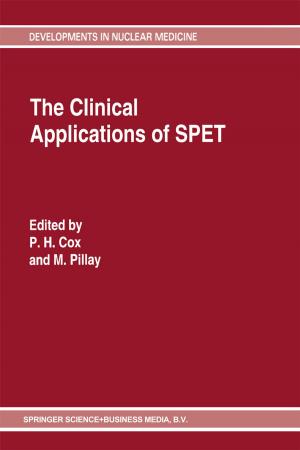Non-Photochemical Quenching and Energy Dissipation in Plants, Algae and Cyanobacteria
Nonfiction, Science & Nature, Science, Biological Sciences, Cytology, Botany| Author: | ISBN: | 9789401790321 | |
| Publisher: | Springer Netherlands | Publication: | November 22, 2014 |
| Imprint: | Springer | Language: | English |
| Author: | |
| ISBN: | 9789401790321 |
| Publisher: | Springer Netherlands |
| Publication: | November 22, 2014 |
| Imprint: | Springer |
| Language: | English |
Harnessing the sun’s energy via photosynthesis is at the core of sustainable production of food, fuel, and materials by plants, algae, and cyanobacteria. Photosynthesis depends on photoprotection against intense sunlight, starting with the safe removal of excess excitation energy from the light-harvesting system, which can be quickly and non-destructively assessed via non-photochemical quenching of chlorophyll fluorescence (NPQ). By placing NPQ into the context of whole-organism function, this book aims to contribute towards identification of plant and algal lines with superior stress resistance and productivity. By addressing agreements and open questions concerning photoprotection’s molecular mechanisms, this book contributes towards development of artificial photosynthetic systems. A comprehensive picture –from single molecules to organisms in ecosystems, and from leading expert’s views to practical information for non-specialists on NPQ measurement and terminology – is presented.
Harnessing the sun’s energy via photosynthesis is at the core of sustainable production of food, fuel, and materials by plants, algae, and cyanobacteria. Photosynthesis depends on photoprotection against intense sunlight, starting with the safe removal of excess excitation energy from the light-harvesting system, which can be quickly and non-destructively assessed via non-photochemical quenching of chlorophyll fluorescence (NPQ). By placing NPQ into the context of whole-organism function, this book aims to contribute towards identification of plant and algal lines with superior stress resistance and productivity. By addressing agreements and open questions concerning photoprotection’s molecular mechanisms, this book contributes towards development of artificial photosynthetic systems. A comprehensive picture –from single molecules to organisms in ecosystems, and from leading expert’s views to practical information for non-specialists on NPQ measurement and terminology – is presented.















